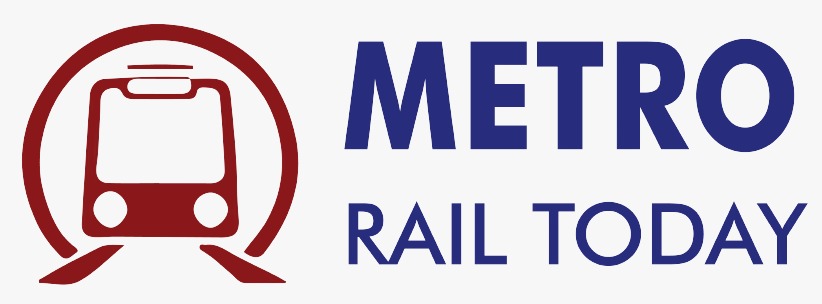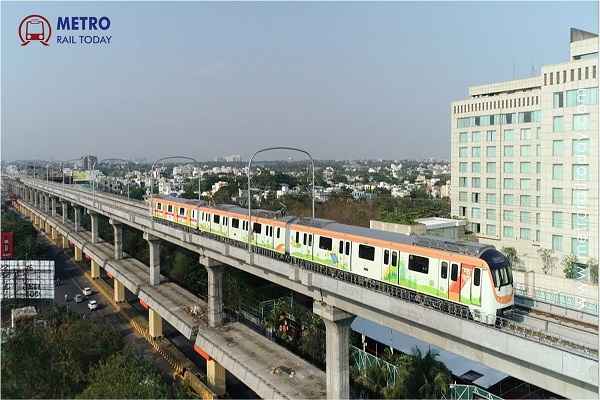 Maha Metro partners with IIT Kanpur to shield Nagpur and Pune Metro Systems from Cyber threats
Maha Metro partners with IIT Kanpur to shield Nagpur and Pune Metro Systems from Cyber threats R. Rajagopal appointed as Member (Traction & Rolling Stock), Railway Board, Ministry of Railways
R. Rajagopal appointed as Member (Traction & Rolling Stock), Railway Board, Ministry of Railways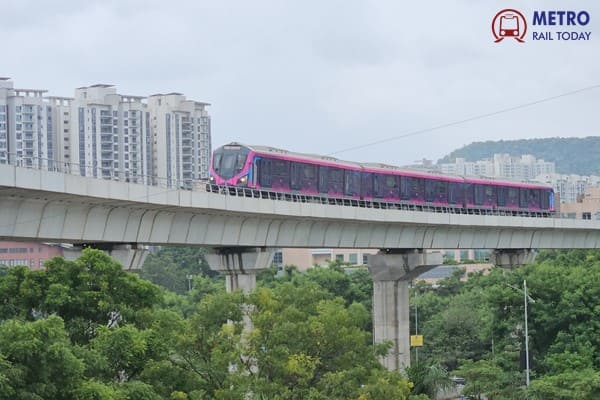 Maha Metro to appoint DPR Consultant for Pune's Shivajinagar-Kondhwa Metro Line
Maha Metro to appoint DPR Consultant for Pune's Shivajinagar-Kondhwa Metro Line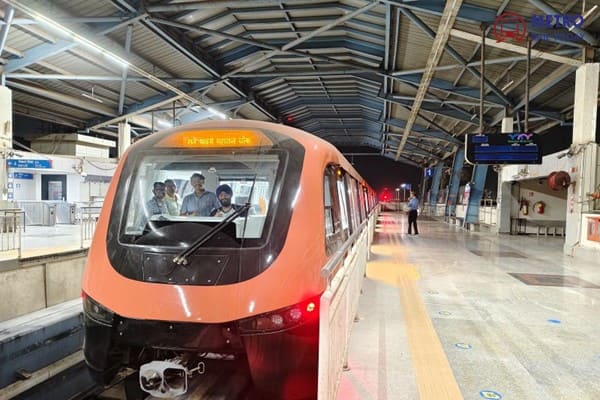 Mumbai Monorail suspension sparks Job Losses and Backlash despite system upgrade plans
Mumbai Monorail suspension sparks Job Losses and Backlash despite system upgrade plans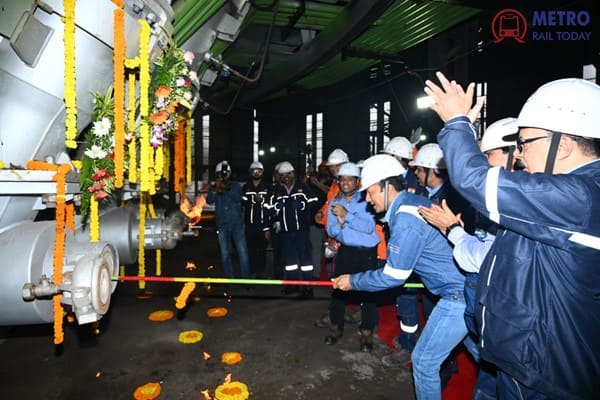 Jindal Steel Commissions One of India’s Largest Blast Furnaces in Odisha
Jindal Steel Commissions One of India’s Largest Blast Furnaces in Odisha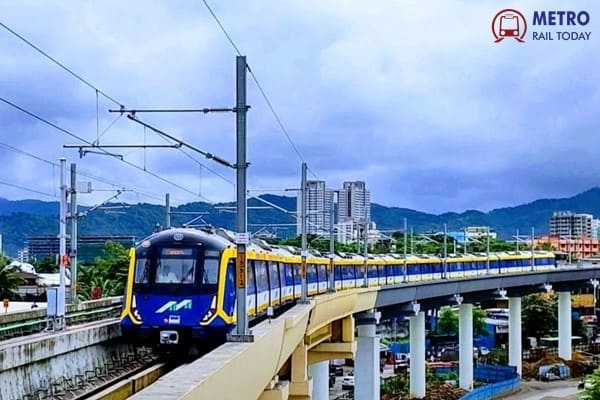 RDSO successfully conducts Brake and Speed trial tests on Mumbai Metro Line 9
RDSO successfully conducts Brake and Speed trial tests on Mumbai Metro Line 9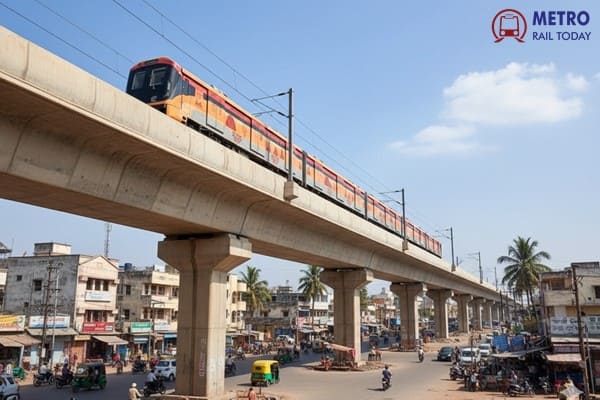 Patna Metro gears up for public launch, Final Trial Run scheduled for September 29
Patna Metro gears up for public launch, Final Trial Run scheduled for September 29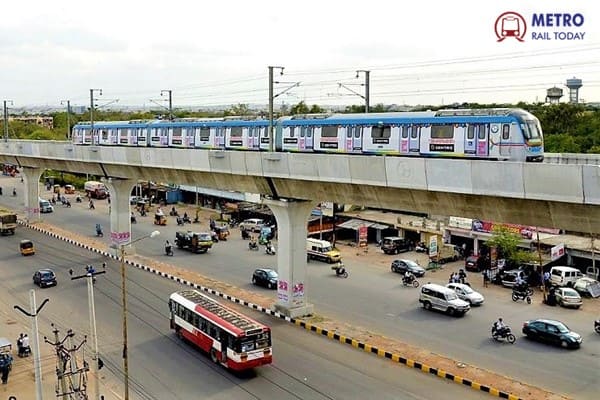 Telangana Govt takes over Hyderabad Metro Phase 1 as L&T exits project
Telangana Govt takes over Hyderabad Metro Phase 1 as L&T exits project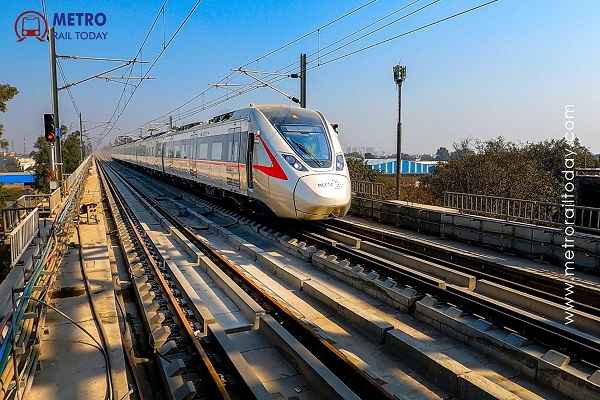 NCRTC Introduces Drone-Based OHE Monitoring on Delhi-Meerut Namo Bharat RRTS Corridor
NCRTC Introduces Drone-Based OHE Monitoring on Delhi-Meerut Namo Bharat RRTS Corridor Iraq approves contract for 90 km Najaf–Karbala Metro Rail Project
Iraq approves contract for 90 km Najaf–Karbala Metro Rail Project
PM Narendra Modi inaugurates three new sections of Kolkata Metro Rail Project
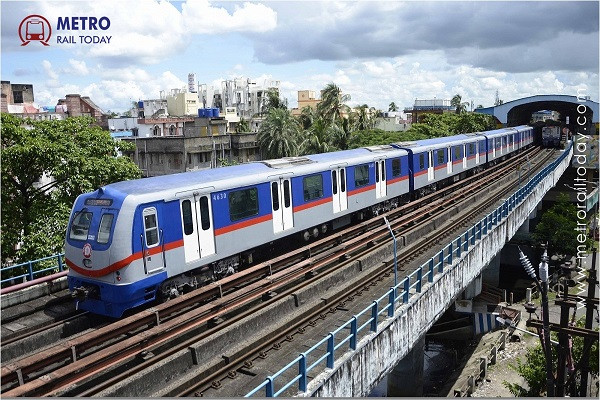
Kolkata, India (Metro Rail Today): In a landmark moment for urban mobility in the eastern metropolis, the Kolkata Metro has officially expanded its operational network to 74 kilometers with the launch of three new lines, adding a significant boost to the city’s public transport capacity.
The new lines include stretches of the Purple Line (Joka–Majerhat), Orange Line (New Garia–Ruby), and Green Line (Esplanade–Sealdah), each strategically designed to enhance connectivity across southern, eastern, and central Kolkata. These additions not only address long-standing commuter demands but also modernize India's first metro system, which began operations in 1984.
Purple Line: Joka–Majerhat Extension
The Joka–Taratala stretch of the Purple Line was already operational. With the extension to Majerhat, this corridor now connects key southern suburbs more seamlessly to central and western Kolkata. This line is expected to significantly ease traffic congestion along Diamond Harbour Road and serve educational institutions, markets, and densely populated residential zones.
Orange Line: New Garia–Ruby (Part of New Garia–Airport Corridor)
Often referred to as the “EM Bypass Metro,” the Orange Line has now been extended from New Garia to Ruby, offering a much-needed connection for IT professionals, healthcare workers, and students commuting to the EM Bypass, one of the city's busiest thoroughfares. Once fully extended to Netaji Subhas Chandra Bose International Airport, this corridor is expected to emerge as a game-changer for east-west connectivity and airport access.
Green Line: Esplanade–Sealdah (2.45 km)
The short but strategic Esplanade–Sealdah stretch of the Green Line has finally bridged a critical gap between the North-South Metro (Blue Line) and the Eastern Railway suburban terminal at Sealdah. This extension not only simplifies intermodal transfers for millions of suburban rail users but also offers faster east-west intra-city movement.
Mrs. Mamta Shah, MD & CEO of Urban Infra Group, welcomed the expansion, “Kolkata Metro’s expansion is a long-awaited breakthrough in urban mobility for the city. The three new corridors are not just about adding kilometers—they’re about reducing bottlenecks, improving commute reliability, and reconnecting the city with itself. This growth ensures that Kolkata’s metro regains its pioneering relevance in India’s smart city narrative.”
The Bigger Picture: A Growing Network for a Growing City
With these three additions, Kolkata Metro now boasts a 74 km network with multiple interchanges, creating better integration between different parts of the city, especially across South Kolkata, Salt Lake, central business districts, and eastern fringe zones. The expanded network also reduces reliance on overcrowded buses and suburban trains while offering a safer, cleaner, and faster travel alternative.
The Ministry of Railways and Metro Railway Kolkata have ramped up project execution in recent years, focusing on automation, safety, and sustainability. The new corridors are equipped with modern signalling systems, wider platforms, improved accessibility, and energy-efficient infrastructure, reinforcing the metro’s role in transforming Kolkata’s urban experience.
Work is already underway on further extensions of the Purple, Orange, and Green Lines, as well as a deeper integration with proposed East-West and Circular Line connections. Once fully operational, Kolkata Metro aims to cross 100 km of serviceable network, placing it alongside Delhi and Bengaluru as leaders in India’s urban transit transformation.
